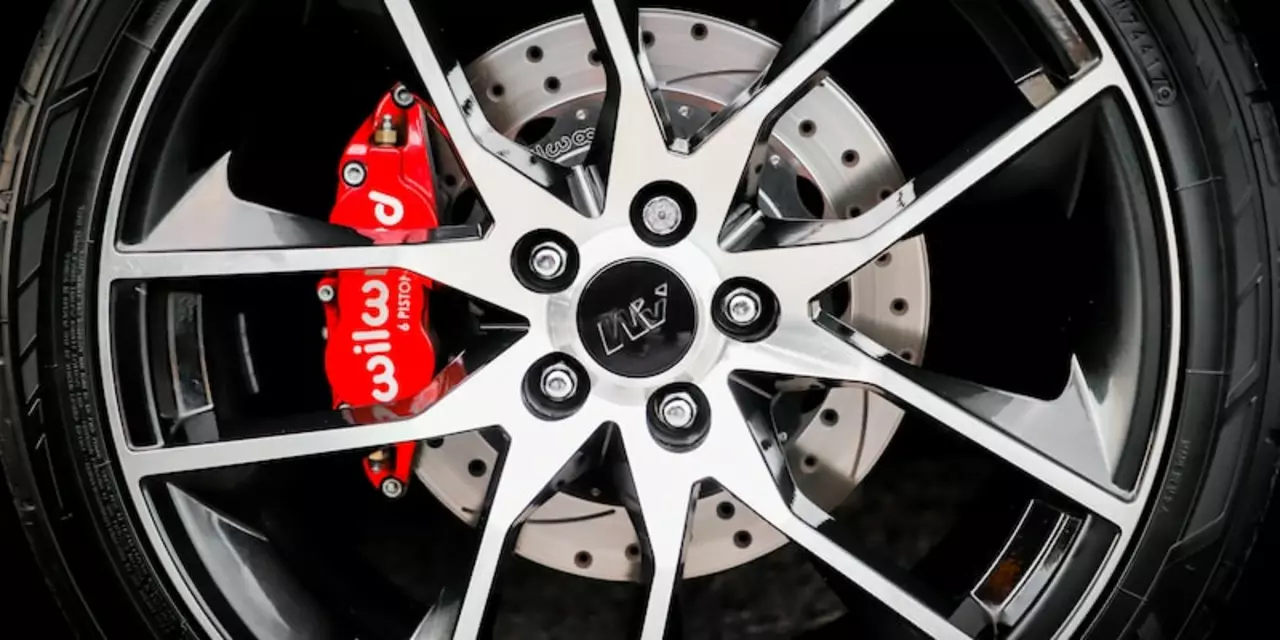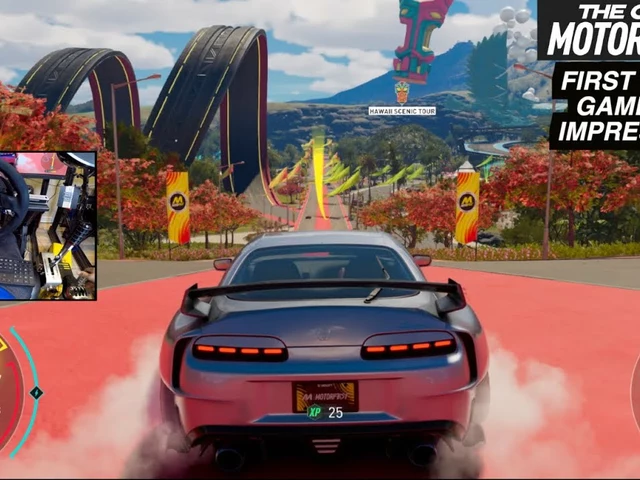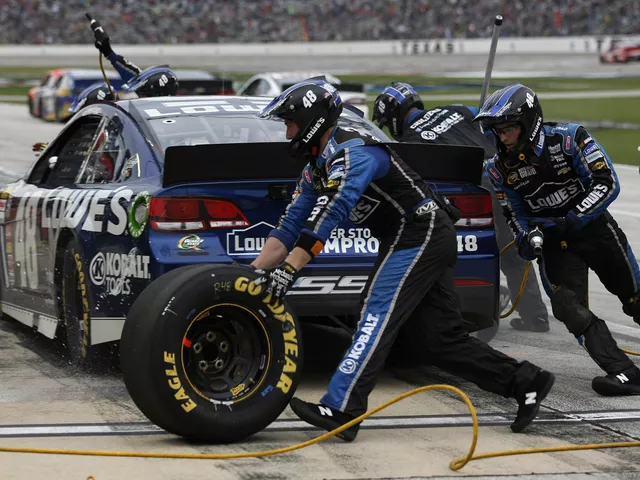Spinning in Car Racing: What It Is and How to Control It
Ever seen a race car’s rear end swing out and wonder why the wheels start to spin? That’s called spinning and it’s a big deal for anyone who wants faster lap times. When a tire loses traction and spins faster than the car’s forward speed, you waste power, heat up the tire, and lose grip. In this guide we’ll break down why spinning happens and give you practical tips to keep the wheels glued to the tarmac.
Why Wheels Spin
Spinning usually starts with too much power hitting a tire that can’t hold it. Think of a bike on a slick road – you crank the pedals hard and the rear wheel just slides. In racing, the same thing can happen because of a few common reasons:
- Too much throttle. Flooring the pedal before the car is up to speed pushes the tire beyond its grip limit.
- Cold or worn tires. Cold rubber is slippery, and worn tread can’t bite into the surface.
- Bad track conditions. Rain, oil, or debris reduces traction dramatically.
- Improper car setup. Too much rear weight or low tire pressure makes it easier for the back end to lose grip.
When any of these factors line up, the tire spins, the engine revs rise, and the car slows down. That’s why you’ll hear the screaming sound of a pit crew changing NASCAR tires in under 12 seconds – they need fresh rubber that can grip before the next spin.
Tips to Keep Your Car on the Tarmac
Now that we know why spinning happens, let’s talk about fixing it. Below are simple steps you can try whether you’re on a virtual track or a real circuit:
- Warm up your tires. Do a few gentle laps before you go full‑throttle. Warm rubber sticks better.
- Modulate the throttle. Instead of mashing the gas, ease off the pedal when you feel the rear wobble. Small adjustments keep the wheels planted.
- Adjust tire pressure. A few psi higher in the rear can reduce the chance of spin, but stay within the manufacturer’s range.
- Shift weight forward. If you can change the front‑to‑rear balance, move a bit of weight to the front to increase rear grip.
- Choose the right tire compound. Softer compounds give more grip but wear faster; harder compounds last longer but spin easier on cold tracks.
In games like Assetto Corsa, tweaking these settings can make the difference between a smooth lap and a wobble that throws you off the racing line. The same principles apply to real‑world series like Formula 1, where a flying lap is all about keeping the car stable at maximum speed.
If you’re still seeing spin after trying these tips, it might be time to look at the car’s suspension setup or get fresh tires—just like the pit crew that changes a NASCAR tire in a flash. Remember, spinning is a symptom, not the problem. Fix the cause, and the car will stay glued to the road.
So next time you hear that buzzing sound of a tire slipping, you’ll know exactly what to do: calm the throttle, check your tires, and adjust the balance. Keep those wheels turning the right way and you’ll shave seconds off every lap. Happy racing!



